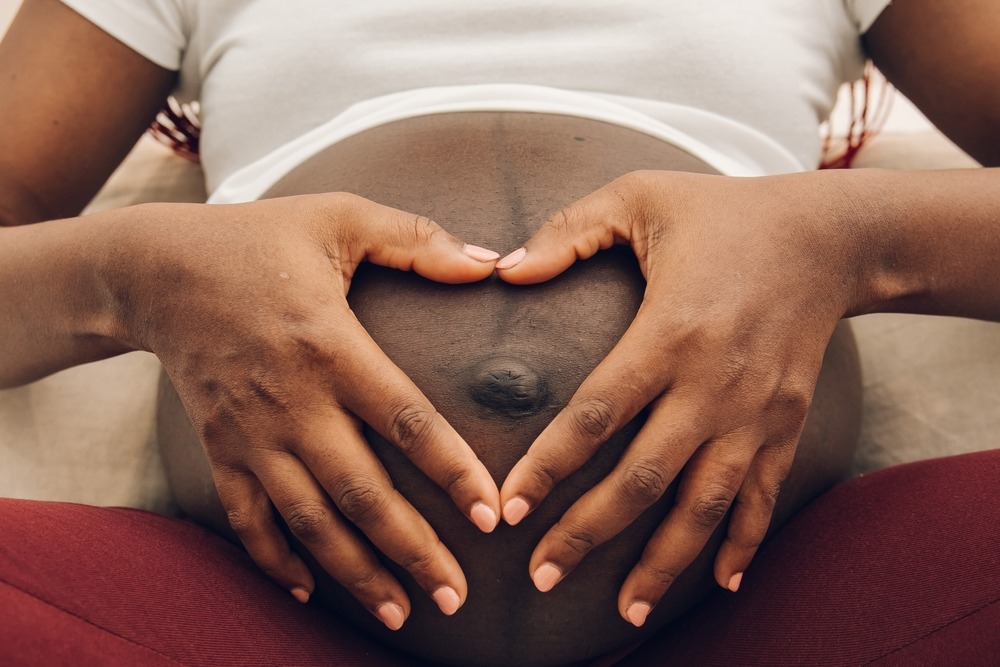Pelvic girdle pain – what is it and what is the treatment for pelvic girdle pain?
Pelvic gridle pain (PGP) refers to ‘any pain, anywhere around the pelvis in pregnancy or the first year after your baby has been born’.
That’s a bit vague, isn’t it??
Many people experience aches and pains in pregnancy but is that pelvic girdle pain?
No.
Usually, pelvic girdle pain is a more ongoing issue that makes doing everyday tasks difficult and painful. This might include driving / walking to work, everyday domestic tasks, looking after other children, even washing and dressing can be affected. For some people it really takes the joy out of pregnancy and can be quite debilitating (but not always).
The good news is it doesn’t need to be like that!! Help is out there.
So, let’s start with what causes pelvic girdle pain and see if that gives us ideas for treatment to help alleviate it.
Causes of pelvic girdle pain:
It’s not simple. There’s not one specific cause or muscle that triggers pelvic gridle pain.
We used to think it was hormones that made your pelvis ‘unstable’ but research doesn’t support this. It’s a tissue sensitivity problem not an instability one.
Trust that your body is strong and can support you and your baby.
What do we know about the causes of pelvic gridle pain ….….
- Previous pregnancies: It is more likely if you’ve been pregnant before. So, if this is pregnancy number 2 or 3+, you’re more likely to experience pelvic gridle pain. Probably because you already have less time for yourself and self-care and might be physically caring for younger children.
- Trauma: If you’ve experienced previous trauma (emotional &/ physical), including birth trauma, or physical injury, then you might be more likely to experience pelvic girdle pain.
- Previous back pain: If you have previously had back or pelvic pain before you got pregnant, this can be a factor. This is probably because your muscles and joints are already irritated and more sensitive to pain signals.
- Mental wellbeing: Your overall mental wellbeing can have a big impact too. If you feel hopeless that your pelvic girdle pain won’t improve or are very fearful of pain, this can exacerbate things. Dissatisfaction at work and stress are also factors that seem to make pelvic girdle pain more likely. (Stress has A LOT to answer for).
- Smoking: Being a smoker will increase your likelihood of experiencing pelvic girdle pain. We all know smoking in pregnancy has many implications for your baby and you. If you need help quitting see the resources section at the end.
- Joints and muscles of your pelvis: Mechanical factors around the joints and muscles of your pelvis and low back have an influence too. The structures can become inflamed and more sensitive to pain.
Treatment for pelvic girdle pain with an osteopath or physio can often help a lot with these mechanical issues, as well as supporting you to make lifestyle changes to improve the whole picture.
So now we understand what’s contributing to it, what’s the treatment for pelvic girdle pain?
We need to look at the whole picture and address multiple factors that will be specific to you, when it comes to treatment for pelvic girdle pain. Everybody is different, the causes will be different for different people and the treatment for pelvic girdle pain will need to be tailored to you as well.
Osteopaths and physiotherapist
Mechanical factors with your low back, or joints of muscles in your pelvis are defiantly important in pelvic girdle pain. If these joints aren’t moving well or the muscles are tight and strained then they can become painful and affect your mobility.
Having a check-up and getting treatment for pelvic girdle pain, with a specialist osteopath or physio is a good idea. This can help with any mechanical issues and tissue sensitivity. They can guide you about specific exercises you can do at home and other lifestyle tweaks, to empower you to manage your pelvic girdle pain.
Other factors:
There is so much you can do to help yourself and take more control of managing your symptoms.
Selfcare:
You may need help dealing with stress, finding more time for yourself and selfcare. This might look like asking friends or family to help with existing kids, or carving out some time just for yourself to relax or do something you enjoy and makes you feel good. Mindfulness and breathing exercises can also be useful.
Give yourself a ‘3pm energy boost’ – spend 10 mins doing some mindfulness, breathing exercises or pelvic floor exercises (see resources section for support with this).
If you have a history or trauma or have a lot going on in your life and are feeling overwhelmed, would counselling or other therapies be helpful for you?
You are what you eat
Improving your diet – eating more wholegrains, fruit and veg and less processed foods (I know they are delicious and often craved in pregnancy!) and drinking more water can be helpful. Diet can influence inflammation and the better your diet the less inflammatory chemicals will irritate your tissues.
Take baby steps (no pun intended) – add some extra veg to your dinner, switch to brown bread and pasta, have a glass of water before each meal.
Exercise
When you have pelvic girdle pain, don’t be afraid to exercise – within what you are comfortable with. Pregnancy yoga classes, Pilates, walking can all be helpful.
Exercise is often best done in the mornings or when you are more rested. It only needs to be 10 mins or so.
If you find an exercise that you feel comfortable doing (this will be different for everyone) – then do it.
It’s time for you too, helps to reduce stress and improves sleep – it’s a win, win all round.
Quit smoking
No judgement here but if you need help quitting your GP, Midwife and various other services can help and support you.
Breast feeding
Despite what we used to think, breast feeding has actually been shown to be protective for pelvic girdle pain (except in obese women). Breast feeding increases oxytocin levels which decrease inflammation and decreases tissue sensitivity.
A note on support belts……
The jury is still out on this one. We’ve established you don’t need ‘support’ as it’s not an instability issue, but for some people the pain makes things feel ‘loose’ or ‘unstable’ and so the belt can be reassuring and give confidence with moving etc and may support and reduce inflammation in the surrounding tissues. So, if it helps you then – carry on. If it doesn’t, that’s also fine.
If you would like further support then why not come and see one of our specialist pregnancy osteopaths? We can help with mechanical factors and support you with lifestyle changes that will be right for you and your life.
Don’t struggle and wish away your pregnancy – let us arm you with the tools you need to feel more comfortable in your pregnancy and cherish this time.
Resources
Pregnancy
Osteopathy in Pregnancy | Cheadle Osteopathy
Book: Why did no one tell me? Emma Brockwell Why Did No One Tell Me?: How to Protect Heal and Nurture Your Body Through Motherhood eBook : Brockwell, Emma: Amazon.co.uk: Kindle Store
Pelvic Partnership Pelvic Partnership
NHS advice: Pelvic pain in pregnancy – NHS (www.nhs.uk)
Pelvic floor
Pelvic Floor Exercises – Stockport based osteopaths (cheadleosteopathy.co.uk)
Pelvic floor problems explained | Cheadle Osteopathy
Gusset Grippers – pelvic floor health PELVIC FLOOR EXERCISES | Gussetgrippers
Exercise
Active pregnancy foundation Advice | Active Pregnancy Foundation
Mindfulness
Mindfulness Tips – Getting Started | Cheadle Osteopathy
Sleep
The Secret to a Good night’s Sleep ZZZzzzz | Cheadle Osteopathy
Quit smoking help




